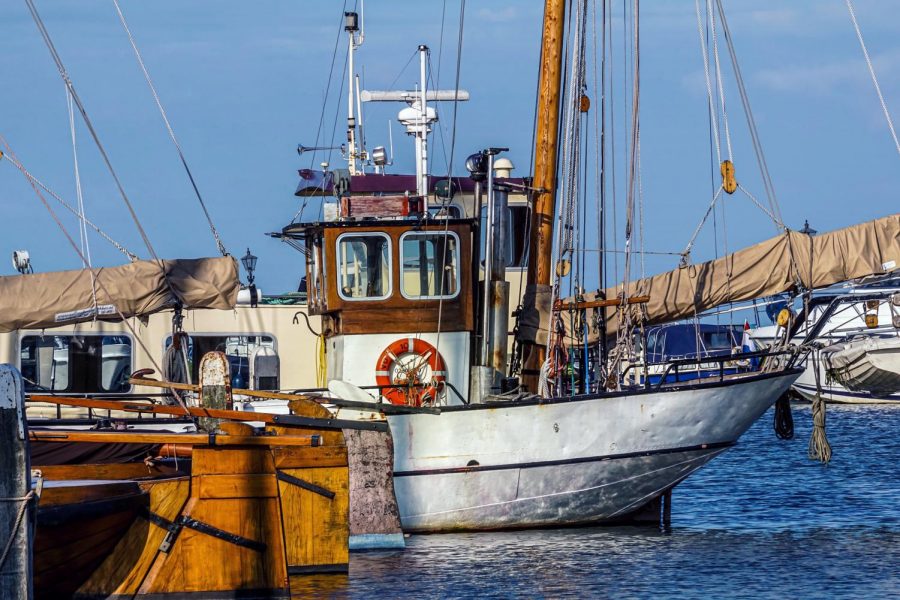When graphic images tell the truth: “Seaspiracy” and the marine crisis
Despite its gruesome images, the Netflix documentary “Seaspiracy” strikes you with in-depth reporting about unethical fishing practices.
The documentary follows the director Ali Tabrizi, who travels the world to uncover how people harm marine life. Tabrizi interviewed representatives of several organizations, who urged people not to eat fish and to leave the oceans alone.
The images and videos were horrifying, so animal lovers and anyone squeamish about blood must prepare themselves before they watch the movie.
The graphic videos include shark finning (removing the shark fins and throwing the rest of the shark back into the ocean) and whaling (capturing and slitting the whales’ necks in order to get their meat or blubber).
But even with these images, Tabrizi sharply uncovers the corruption in the whaling and fishing industry.
The film reveals how commercial fishing and bycatching (when other marine animals are unintentionally caught in fishing traps) devastates the ecosystem.
It discusses how bycatching lowers the shark population, killing other species like seabirds. The movie demonstrates how one endangered animal in the food chain endangers other animals.
The documentary also properly touches on climate change, plastic waste and slave labor within the fishing industry.
Out of all plastic waste in the ocean, fishing nets most greatly endanger marine life, the movie finds. Fishing gear was commonly found in the stomachs of most washed-up whales.
The movie does not limit its scope to animal cruelty; it also shares how people are forced to work on fishing ships, beaten, threatened and killed to produce seafood.
Enslaved people endure scalding hot water or metal bars if they are too sick or tired. Slave captains often murder them, throwing dead bodies into freezers or off the ship.
Although the film’s brutal images were difficult to watch, they were raw and informative. Everything you see in the documentary is important to understand, because what happens to the ocean now will affect the future.
Rating: 5 out of 5 stars








